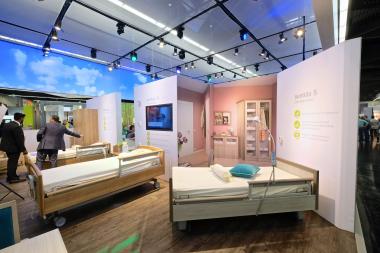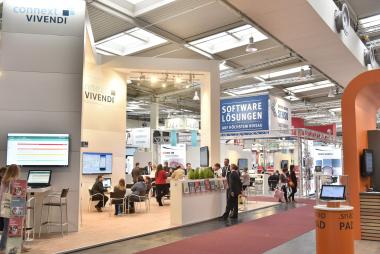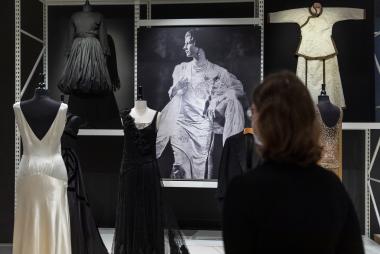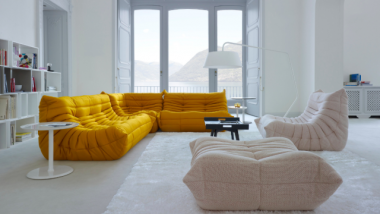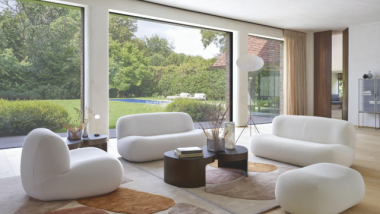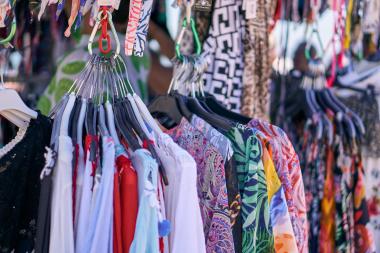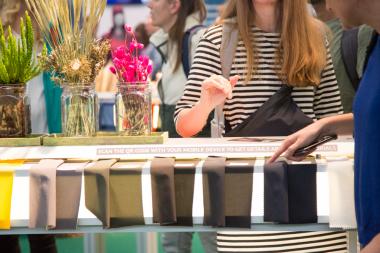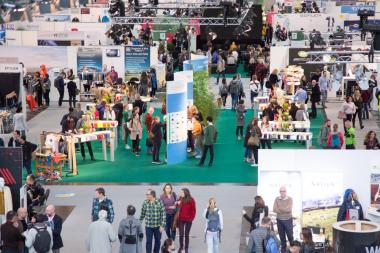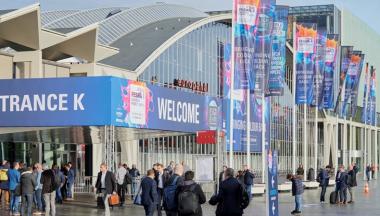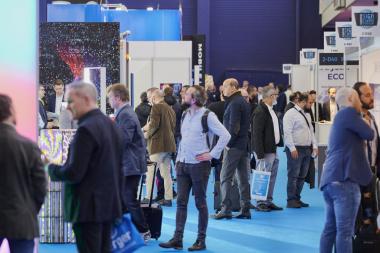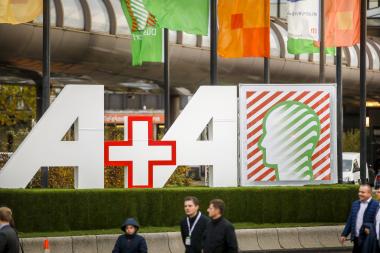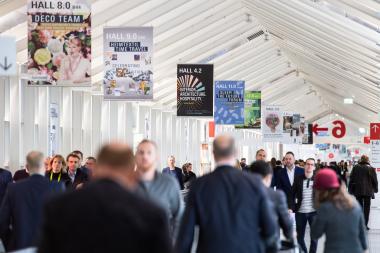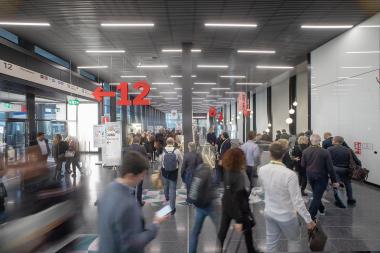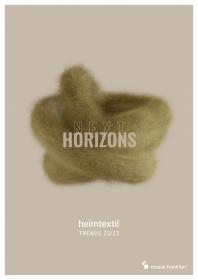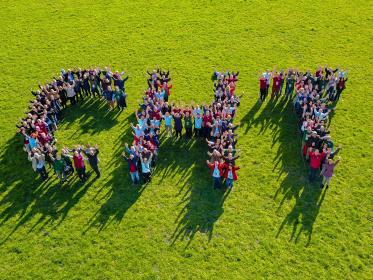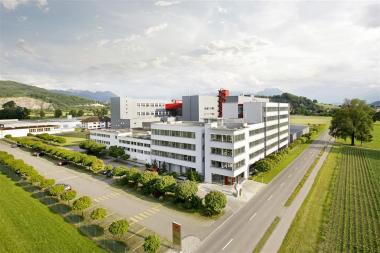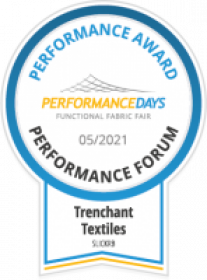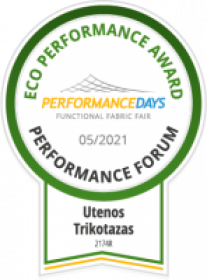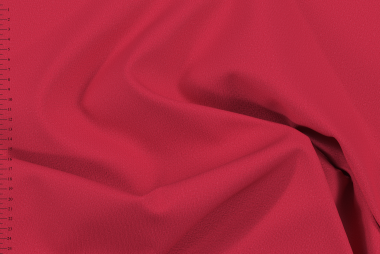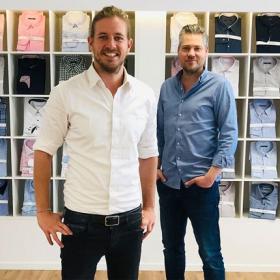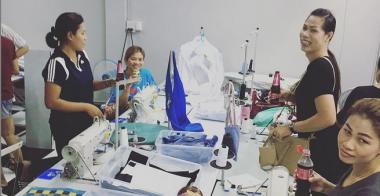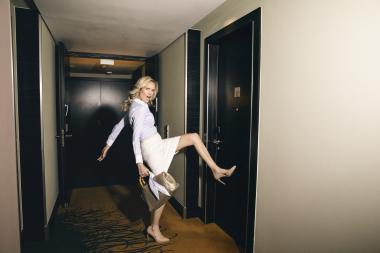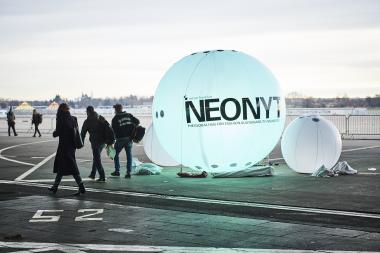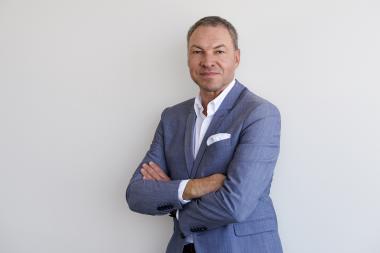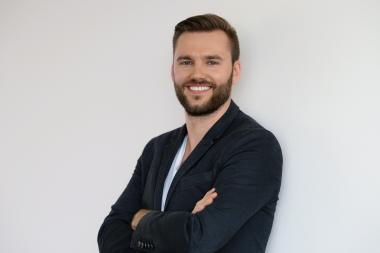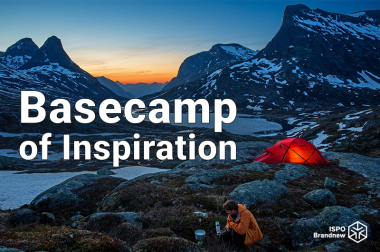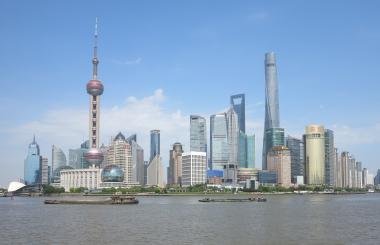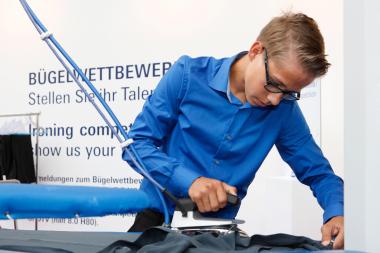ALTENPFLEGE 2022: Intelligently equipped rooms for more independence in old age
Most people want to live as independently as possible in old age. Exhibitors at the industry's leading trade fair ALTENPFLEGE from April 26 to 28 in Essen, Germany will be showing how senior facilities with modern interior design and smart equipment meet this need.
Demand for forms of housing such as service living is on the rise. Studies predict a need for around 540,000 new service living units in the coming years. One of the major trends at this year's 32nd edition of the Altenpflege trade fair is how senior facilities are meeting the rapidly growing demand with flexible room design and digital support. They can be seen in the Aveneo special show, including intelligent systems for stove shut-off, lighting control and room temperature, as well as for fall sensors and emergency calls.
Future tenants or buyers of serviced apartments are prepared to invest specifically in their own living environment (source: Terragon study 2021). The focus is on a feel-good atmosphere, a high level of security and the option of using care services if required. "This can be facilitated by a cleverly thought-out arrangement of the rooms within a serviced apartment, for example by arranging the bathroom and bedroom right next to each other and making the wall with the washbasin rotatable," explains Carolin Pauly, managing director of Universal Rooms, which considers itself to be the interface between the wishes of the operators and the products in the serviced apartment market. "The furniture and furnishings industry is called upon to design modern collections with hidden product features that make life easier in old age," Pauly demands. This could be, for example, a grab handle built into the washbasin or a dining table that can be accessed by a wheelchair.
Lighting management also plays an important role. It should convey a sense of well-being and security as well as provide orientation and safety. Age-related clinical pictures in particular place high demands on lighting. Here, lighting systems that simulate the natural day and night rhythm can provide help.
Living, care and digitalization combined
The Chief Executive Officer of the Evangelische Heimstiftung (EHS - Evangelical Home Foundation), Bernhard Schneider, sees "an individually and comfortably furnished apartment that uses intelligent technology to provide a great deal of security and self-determination" as the senior living of the future. "I am certain: In the future, in a sector-free setting, we will have to understand housing, nursing and care, and digitalization even more strongly as building blocks that can be combined as needed."
According to Schneider, this starts with housing: In a nursing apartment or an assisted living apartment, in a shared apartment or other form of communal living, in a residence or an intergenerational project. All forms of housing should be well integrated into the neighborhood - this requires reliable, financed advisory structures, for example through neighborhood managers. In addition, there is care, support and assistance, in the form of day or night care, a mobile service or volunteers. "And technology, for example through our Aladien system, i.e. with intelligent home emergency call, fall sensors, stove shut-off, roller shutters and light control, video door telephony, etc. In the future, Aladien will evolve into a service robot," predicts Schneider.
This makes it possible for people to live a self-determined life and participate in society, even in old age. That's what people want, he says: a pleasant living environment, social contacts, cultural offerings and the certainty that someone will take care of them if necessary. "What we need for this is political commitment in the form of an ambitious funding program for modern forms of housing in old age," demands the EHS CEO. This would not only help the older generation, but young families could also benefit because this would free up the far too spacious apartments and terraced houses of the older generation for them.
ALTENPFLEGE – Trade fair and congress for the care industry since 1990
The traditional leading trade show for the care industry has so far been held alternately in Hanover and Nuremberg. From this year it alternates between Essen and Nuremberg. It covers all segments of professional geriatric care: services and products for care and therapy, occupation and education, IT and management, nutrition and home economics, textiles and hygiene as well as space and technology. In more than 30 lecture blocks, the accompanying trade congress covers the current topics of the industry, such as digitalization, the future of professional nursing care, hospice and palliative care, training or the new collectively agreed payment under the Healthcare Development Act (Gesundheitsversorgungsweiterentwicklungsgesetz - GVWG).
Vincentz Network GmbH & Co. KG


